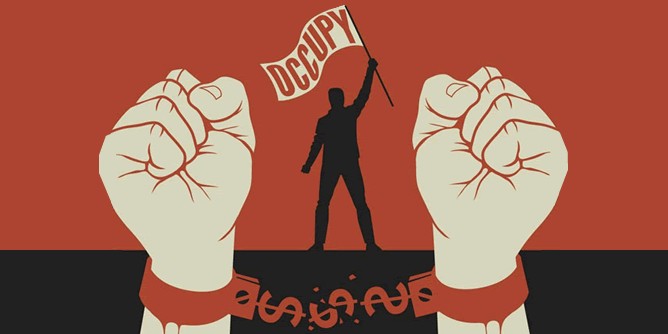This track picks up the promise of our disciplinary practices through an invitation to explore the various ways in which we have done, are doing, and could do anthropology with a specific focus of being on the ground, alongside of and as witness to the social dramas that make up the quotidian aspects of human life and mark the moments of disjuncture and transformation. Picking up a central concept within indigenous intellectual theory and cultural practice, the act of witnessing, this track calls on anthropologists engaged as insider researchers, advocates, collaborators, and activists to consider the points within which their practice identifies points of inequality and difference while moving toward a just society in which difference is valued and equality is the norm.
In current movements for social justice we–anthropologists—can stand witness and accept our social complicity while acting against structural violence through a direct commitment to be there on the ground as witnesses and actors for change. Presentations in this track are by anthropologists and community activists who are engaged on the ground, as witnesses to social justice struggles, as activists, as advocates. These are people who share with us the view of “the field,” not as a place for data extraction but, instead, as places of theory formation, praxis, and activist-oriented witnessing. Within our diversity of approach, focus, and orientations we can find common ground as witnesses to change and struggle. Indigenous movements for justice are at the core of any program for social justice – no redress or realignment of US, Canadian, or Mexican racialized state violence can begin without confronting the underlying act of Imperialist aggression that laid the foundation for subsequent generations of structural and interpersonal violence. That said, no Indigenous movement for social justice can be an island unto itself; tactical and strategic alliance with other social justice movements is necessary.
The track focuses on four key sections or quadrants. This use of four is a deliberate reference to the four directions of the Indigenous medicine wheel. This pan-Indian symbol builds upon the Indigenous intellectual traditions of North America in ways that have contemporary resonance. This also builds upon the recognition that redress to fundamental inequities will not be achieved without reconciling with the original theft and displacement of Indigenous lands.
North: movements of domination
South: movements for immigrant rights
West: social justice in the face of structural state violence
East: we are idle no more
Participants will prepare a discussion paper to be circulated in advance. Some participants have prepared, for display during the conference a poster, a video installation, or a photographic essay that relates to and elaborates upon their presentation.
Editors: Charles Menzies and Sarah Fessenden (University of British Columbia)
